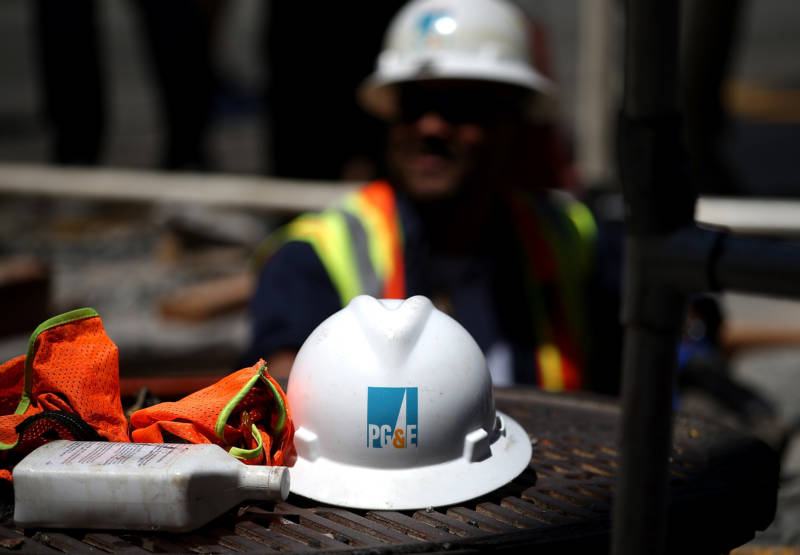PG&E crews have identified at least 50 instances of "damage or hazard" to its infrastructure as a result of the windy conditions that prompted the utility to cut power to roughly 738,000 of its customers across Northern and Central California this week.
The damage mostly involved vegetation — trees, grass or brush — coming into contact with power lines and, in some instances, vegetation knocking power lines down, according to the utility.
Sumeet Singh, vice president of PG&E's community wildfire safety program, outlined on Saturday four examples of hazardous situations involving the utility's equipment — including one in Napa County, two in Shasta County and one in Glenn County. The Napa County damage involved a tree branch falling "directly on top of" overhead distribution lines.
In Glenn County, crews also found a tree branch in contact with distribution lines, Singh said. One instance of damage in Shasta County involved vegetation causing power lines to fall to the ground, and the other involved wind potentially bending one of the utility's poles.
